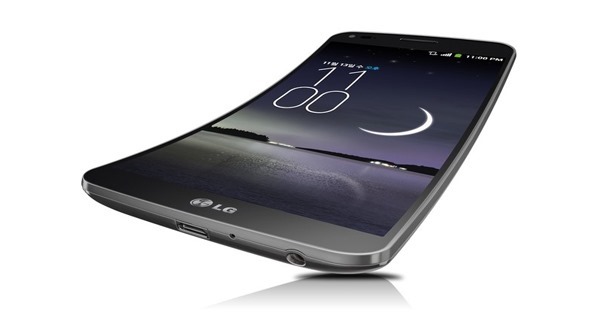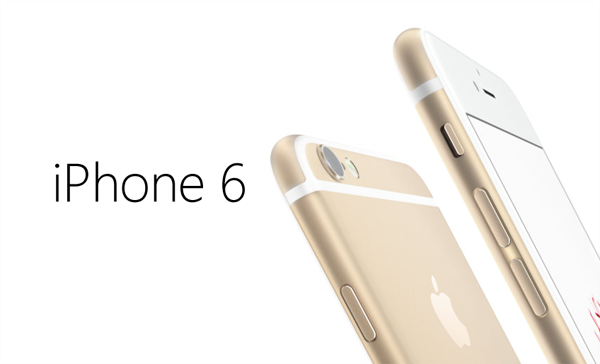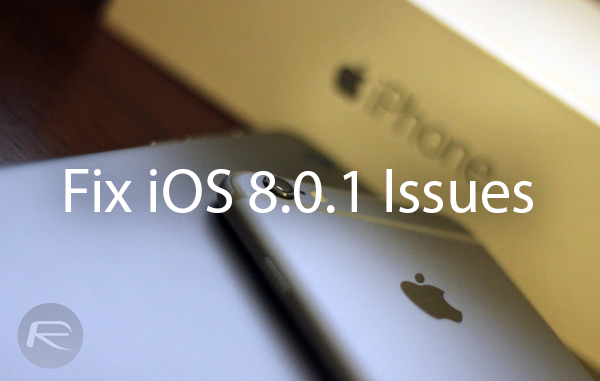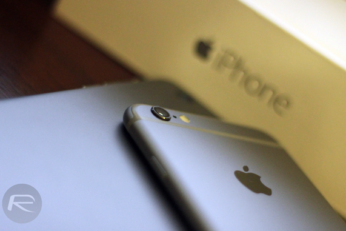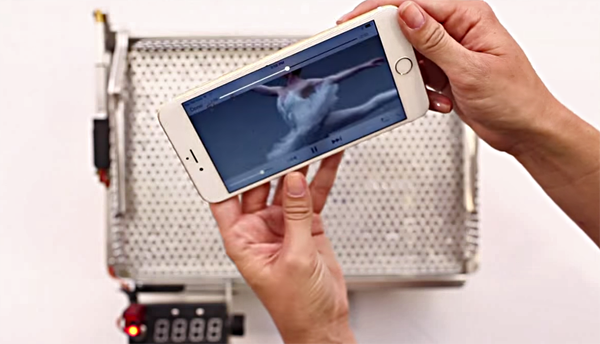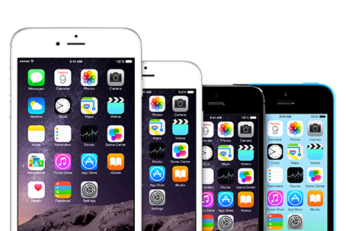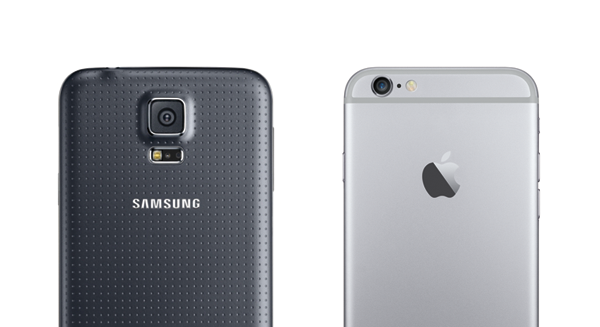We now know, thanks to Apple's clarification that only nine new iPhones had been reported as misshapen as part of the Bendgate saga, that the whole incident was a mere storm in a teacup, but with Apple now launching both the iPhone 6 and iPhone 6 Plus in 20 new markets across the world, the official statement was certainly necessary. Now, more details have emerged as to exactly how Apple ensures that its devices are built for purpose, and as well as five major stress tests, a company official has noted how how some 15,000 handsets were intentionally broken at development stage to provision against such issues as highlighted with Bendgate.
Apple's iPhone 6 and iPhone 6 Plus have, as is typically the case with new iPhones, arrived to a great deal of fanfare. As well as the critical acclaim and record sales, social media was consumed by 'Bendgate', the idea that the new devices - particularly the iPhone 6 Plus - are prone to bending. Apple stepped out to dispel such a notion, adding that it only uses the highest standard of materials as well as running through extreme quality control measures to ensure the robustness of its handsets. Be that as it may, a new teardown has revealed that the material cost of the iPhone 6 and iPhone 6 Plus remains decidedly low, despite the considerable increase in price at the consumer end, and with 10 million units sold and counting, the profit margin on these newer smartphones is considerably higher.
With two new smartphones and a whole new piece of software in iOS 8, even long-time users of Apple gadgets have encountered something of a learning curve, and we've done our best here to present you with some of the best tips and tricks to help you familiarize yourselves with the various new features. Given that iOS 8 is arguably one of the most significant leaps since the very first iPhone appeared back in 2007, though, there always seems to be something to learn, and if you wish to fast-track your acclimatization with the update, then a new video covering 50 awesome features will definitely stand you in good stead.
Unless you've been stuck under a rock for the past couple of days, you'll surely have caught the Bendgate coverage, in which it was claimed that Apple's new iPhones, particularly the iPhone 6 Plus, was susceptible to losing its shape. Given that it's largely comprised of aluminum, a soft, malleable metal, it was never going to be as robust as a handset laden in stainless steel, but while it did seem like the whole fiasco was merely a small number of incidents that had been blown way out of proportion, Apple has stepped out and confirmed that to date, only nine complaints have been registered.
The so-called Bendgate saga has been at the forefront of tech coverage over the past couple of days, with the Web having been taken over by what appears to be just a couple of isolated incidents of accidental bending blown out of proportion. But while only a handful of iPhone 6 Plus models have reportedly become misshapen by accident, one Apple representative has indicated that a device may be covered under the standard warranty, provided that it can pass what's known as a "visual mechanical inspection."
Throwing phones to the ground is becoming quite the YouTube hit these days, but few can compete with someone dropping an iPhone from 12,000 feet.
The iPhone 6 and iPhone 6 Plus are the two hottest topics in the mobile industry right now, and although the only legit way to determine a device's real-world performance is to use it for a sustained amount of time, we as geeks cannot resist a little benchmark test or two. Today, an interesting new set of benchmarks have hit the blogosphere pitting the two new iPhones against one another, as well as drawing comparisons with previous iPhones, and for a sense of perspective, the stats also include some benchmark results gathered of current, rivaling high-end smartphones.
In the weeks and months leading up to the launch of what became the iPhone 6 and iPhone 6 Plus, all manner of suggestions were made with regards to the rear-facing camera. Apple always makes noticeable enhancements in this particular department, and while some initially bemoaned the fact that it was yet another 8-megapixel offering, the introduction of features like Focus Pixels and optical image stabilization have seen it garner rave reviews. Now, a highly-reputed rankings system, which scrutinizes the performance of every single smartphone snapper released to market, has delivered its critical analysis of the iPhone 6 and iPhone 6 Plus's cameras, and declared that the Cupertino's latest duo "set[s] the gold standard for smartphone image quality."
Anyone who had the original iPhone back in 2007 will remember that it had an appalling camera. It wasn't just not up to the standards of today - it wasn't up to the standards of 2007. Thankfully, as the years have rolled on by, someone at Apple realized that people like to take photos with their phones, partly thanks to their always-connected nature and the fact that they're always with us.
The iPhone 6 and iPhone 6 Plus are without a doubt Apple’s greatest smartphones to date, and with a thin profile of just 6.9 and 7.1mm, respectively, bringing these devices to life wasn’t a walk in the park. And Apple’s design and engineering team had to make use of very limited space to squeeze everything into one place, but that came with a trade-off, apparently, that might leave iPhone 6 Plus users thoroughly disgruntled.



